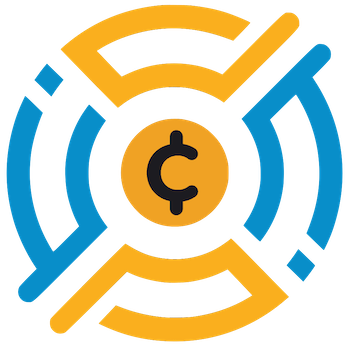In a transformative move, Robinhood has boldly approached the U.S. Securities and Exchange Commission (SEC) with a compelling proposal aimed at revolutionizing the regulation of tokenized real-world assets (RWAs), projected to be a staggering $30 trillion market. The 42-page submission underscores an urgent need for a cohesive federal framework that treats digital tokens on par with traditional financial instruments—an ambition not only ambitious but potentially groundbreaking for the realms of finance and technology. In an era where rapid advancements overshadow regulatory mechanisms, Robinhood’s proposal opens a vital conversation about modernizing financial systems while ensuring existing investor protections.
Dissecting Fragmentation: The Case for Standardization
Current regulatory paths concerning tokenization are littered with a hodgepodge of pilot programs and sandbox regulations that operate in isolation, stifling innovation rather than promoting it. The fragmented landscape poses challenges, not just for startups hoping to innovate, but also for established institutions grappling with compliance. Robinhood’s call for a unified national framework stands as a remedy to this chaotic environment, advocating for a standardized compliance model that could streamline how broker-dealers issue and trade tokenized securities. By eliminating the need for diverging systems, Robinhood could pave the way for a more efficient financial ecosystem—where possibilities become limitless through adherence to a singular regulatory structure.
A Technological Leap: The Real World Asset Exchange (RRE)
At the heart of Robinhood’s ambitious initiative is the proposed Real World Asset Exchange (RRE), a platform designed to seamlessly integrate off-chain trade matching with on-chain settlement. This approach not only enhances transactional efficiency but also incorporates vital compliance measures through KYC and AML standards. By enlisting third-party providers like Jumio and Chainalysis, Robinhood positions itself as a frontrunner in integrating compliance into the blockchain realm, ensuring adherence to global regulatory practices. The innovation lies not in creating an entirely new blockchain technology but in establishing legal interoperability that amalgamates tokenized assets within existing regulatory frameworks.
Moving Beyond Traditional Classifications
One of the most contentious issues surrounding tokenized assets revolves around their classification—derivatives, synthetic instruments, or something entirely new. Robinhood compellingly argues for recognizing tokenized assets as direct representations of traditional financial products. This paradigm shift could provide clarity for regulators and market participants alike, eliminating uncertainties that have previously hindered the market’s growth. Such a reclassification not only validates the legal status of digital tokens but sets a critical precedent for future innovations.
Challenges Ahead: Navigating Regulatory Reception
The road to adoption for Robinhood’s proposal is fraught with challenges. The SEC has yet to respond, leaving a veil of uncertainty over the implications of this groundbreaking proposal. While the potential to reshape the financial landscape is tantalizing, success hinges on both regulatory acceptance and the ability to foster institutional interest. The uphill battle lies not just in convincing regulators but also in demonstrating the utility of tokenized RWAs at scale. Without the backing of traditional institutions, Robinhood’s ambitious framework may struggle to evolve beyond theory into a practical reality.
Implications for the Future of Finance
As Robinhood steps into the regulatory arena, its submission could serve as a litmus test for future approaches to asset-token equivalence. The implications extend far beyond its internal framework; they represent a significant milestone for how the intersection of traditional finance and blockchain technology may unfold in the coming years. This transformative moment signifies more than just an innovative proposal; it encapsulates a shift toward a future where compliance and technology outpace stagnating regulatory approaches. The financial world is at a precipice, and Robinhood’s courage to advocate for change may just be the catalyst needed to lead a revolution in the way assets are understood and interacted with in the digital age.

